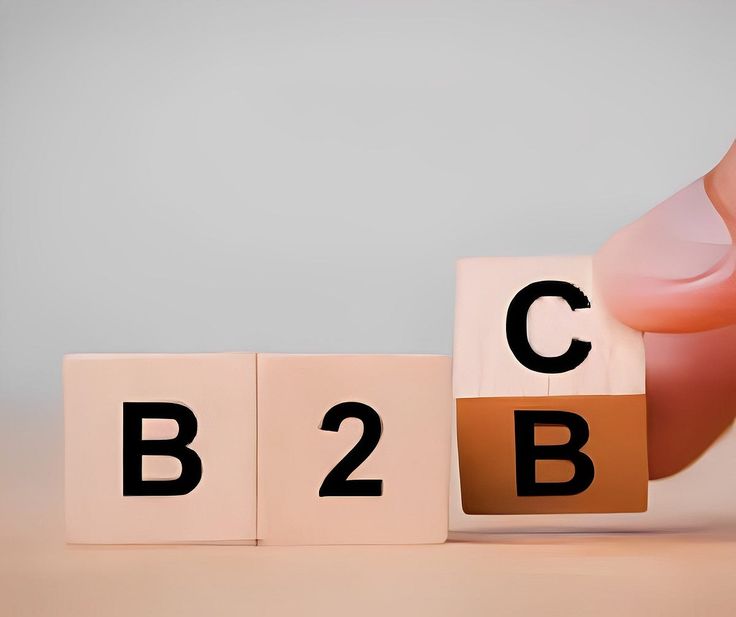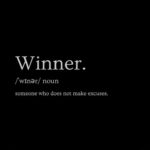I still remember the last time I checked into a hotel.
It was one of those sleek, “modern” places, the kind that prides itself on being fully automated. You don’t speak to a single person. You scan a QR code, a screen greets you with a generic “Welcome back,” and a keycard pops out of a slot like a vending machine.
No smiles. No conversation. Not even a chance to ask for a room with a better view.
It struck me as I walked down the hallway: we’ve optimised the soul out of business.
In our pursuit of speed and scale, we’ve started treating customers like data points and retention like a spreadsheet metric. Somewhere along the way, we forgot the truth that’s been at the heart of commerce since the very beginning:
People don’t stay loyal because a process is seamless. They stay because they feel seen.
And as we enter 2025, that lesson is reshaping retention strategies across both B2B and B2C businesses in ways that are deeper, more human, and, ironically, more data-informed than ever before.
Let’s talk about how we got here.
1. Retention Used to Be About Convenience And That Worked (For a While)
For most of the last decade, retention strategies were pretty straightforward.
- B2C brands focused on loyalty programs, discounts, personalised email campaigns, and “surprise and delight” tactics.
- B2B companies relied heavily on account management, renewal reminders, and the occasional client lunch.
And truthfully? It worked. Customers were loyal because switching was hard, choices were limited, and expectations were lower.
But then three things changed everything:
- The Explosion of Choice: In every industry, competition multiplied. Customers could replace you with a click.
- The Rise of Expectations: Amazon, Netflix, and Shopify trained people to expect hyper-personalisation and instant value.
- The Shift in Power: Customers now hold the cards. They’re no longer impressed by “good enough.” They demand experiences that resonate with their values and their emotions.
Suddenly, retention wasn’t about locking people in, it was more about inviting them to stay.
2. Retention in 2025: Connection > Convenience
Here’s the big shift: retention is no longer about being the easiest or the cheapest. It’s about being the most meaningful.
Customers whether they’re individuals buying skincare or businesses investing six figures in SaaS, they don’t just want a transaction. They want a relationship. And they’ll switch in a heartbeat if they feel that relationship is one-sided.
This is why 2025’s best retention strategies look radically different from even three years ago. They’re built around three core pillars:
- Emotional resonance: Building trust, empathy, and alignment with customers’ deeper motivations.
- Community-driven value: Creating spaces where customers feel part of something bigger.
- Continuous co-creation: Involving customers directly in product evolution, messaging, and decision-making.
Let’s look at how this is playing out in B2C and B2B worlds.
B2C Retention: Loyalty Is a Feeling, Not a Funnel
In B2C, retention has evolved from “keep them buying” to “make them belong.”
The brands winning in 2025 understand that retention is emotional. It’s the sum of small moments that make people feel valued, understood, and part of a shared story. Here’s how they’re doing it:
1. From Discounts to Depth
The era of “10% off your next order” is fading fast. Discounts may drive one more purchase, but they don’t build loyalty.
Instead, brands are investing in deeper, story-driven retention plays, things like:
- Origin storytelling: Regularly reminding customers of why the brand exists and what they’re part of.
- Value-aligned messaging: Tying products to causes or missions that matter to customers.
- Personal milestones: Celebrating customers’ birthdays, anniversaries, or journey milestones, not just with offers, but with genuine gratitude.
When a skincare brand sends a “1-year anniversary” email thanking you for being part of their mission to make beauty more sustainable, that’s not marketing. That’s memory-making.
2. Community as the New Retention Engine
One of the biggest trends in 2025 is retention through community.
Think of how brands like Glossier or Gymshark built entire ecosystems around user-generated content, ambassador programs, and customer-led product launches.
The reason is simple: people are more likely to stay when they’re part of something.
- Invite customers into private spaces (like loyalty-only groups or beta testing communities).
- Spotlight their stories and amplify their voices.
- Give them early access to new products and make them feel like insiders.
Retention stops being a metric and becomes a movement.
3. Hyper-Personalisation, but with Humanity
Yes, personalisation still matters but the game has changed.
In 2025, it’s no longer impressive to know my name or recommend a product based on my last order. I expect that. What surprises me now is when a brand personalises the tone, the timing, and the context of how they show up.
For example:
- Instead of “Hey there, you left something in your cart,” it’s “Looks like you were eyeing our best-selling serum. Want us to hold it for you?”
- Instead of “We miss you,” it’s “You’ve been with us for a year and we’d love to know how your skincare routine is evolving.”
The difference? One is automated. The other feels like someone wrote it.
B2B Retention: Partnership Is the Product
If B2C retention is about belonging, B2B retention is about becoming indispensable.
The stakes are higher, the cycles longer, and the relationships deeper but the fundamental shift is the same: companies no longer want vendors. They want partners who make them smarter, stronger, and more successful.
Here’s how the best B2B retention strategies are evolving in 2025:
1. From Transactions to Transformations
The days of “renewal reminders” and “quarterly check-ins” are gone. Today’s clients don’t want service, they want progress.
The best B2B companies are positioning themselves not as suppliers, but as co-pilots. They:
- Host workshops to help clients solve strategic challenges.
- Share industry trends proactively, not reactively.
- Co-create roadmaps that tie their solutions directly to the client’s growth goals.
Retention becomes inevitable when you’re not just delivering a product but you’re delivering outcomes.
Education Is the New Retention Play
One of the most powerful retention tools in B2B right now is education.
Clients stay longer when you make them smarter. That’s why newsletters, roundtables, reports, and on-demand learning hubs are becoming central to retention strategies.
It’s not about upselling. It’s about building intellectual trust. The more your clients associate your brand with insight and foresight, the less likely they are to leave.
Personalisation at the Decision Maker Level
In B2B, relationships live and die by how well you understand the humans behind the business.
It’s not enough to know the company’s revenue or industry. You need to know what your champion cares about: their KPIs, their ambitions, their pain points.
Retention strategies now include things like:
- Personalised quarterly reports tied to specific goals.
- Custom strategy sessions for key accounts.
- Direct outreach from senior leadership to nurture executive relationships.
This is the human layer that AI can’t replicate and the one that builds real loyalty.
The Convergence: B2B and B2C Are Learning From Each Other
One of the most fascinating trends of 2025 is how B2B and B2C retention strategies are borrowing from each other.
- B2C brands are adopting B2B style depth: more education, more consultative approaches, more strategic value.
- B2B companies are embracing B2C style intimacy, more storytelling, more emotional branding, more personalised experiences.
The lines are blurring. Because at the end of the day, whether you’re selling sneakers or SaaS, you’re still selling to people and people stay where they feel understood.
What Retention Looks Like Next
Here’s the uncomfortable truth: acquisition is getting harder, noisier, and more expensive. But retention? Retention is where brands win or lose.
And winning retention in 2025 isn’t about a single tactic. It’s about a mindset shift:
- From “How do we keep customers?” to “How do we make them never want to leave?”
- From “personalisation” to “personal significance.”
- From “touchpoints” to “trust points.”
The brands that understand this aren’t just building loyalty, they’re building legacies.
Final Thought: The Human Era of Retention
We’ve spent years trying to automate connection. But in 2025, the smartest companies are doing the opposite: they’re using automation to create space for more human connection.
Because no one remembers the dashboard.
They remember the founder who called to say thank you.
They remember the account manager who went the extra mile.
They remember the brand that didn’t just sell to them; it stood with them.
Retention is no longer a metric. It’s a memory. And the brands that make the best memories? They’re the ones we stay with: year after year, renewal after renewal, choice after choice.




